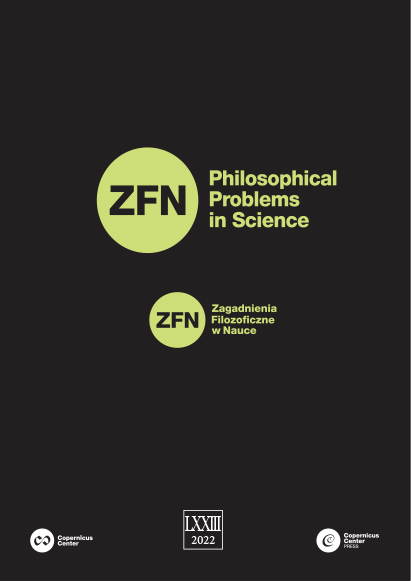Shannon-inspired information in the clinical use of neural signals concerning post-comatose patients
Shannon-inspired information in the clinical use of neural signals concerning post-comatose patients
Author(s): Hyungrae NohSubject(s): Philosophy, Special Branches of Philosophy
Published by: Copernicus Center Press
Keywords: post-comatose disorders of consciousness; Shannon’s theory of information; minimal consciousness; mental action
Summary/Abstract: Post-comatose patients are classified as being in a minimally conscious state when they have executive functions. Because traditional behavioral assessments may not capture signs of executive functions in post-comatose patients, clinicians look to localized brain activities in response to task instructions, such as imagining wiggling toes, to diagnose minimal consciousness. This paper critically assesses the assumption underlying such alternative methods: that brain activities are neural signals conveying information about minimal consciousness. Based on a Shannon-inspired idea of information, I distinguish between informational and engineering aspects of clinical tasks. The informational aspect concerns the conditional probability that, for example, given activity in the motor areas of the brain in response to task instructions, a patient is imagining wiggling toes. The engineering aspect concerns efficient activation of the relevant brain areas in a patient under the task conditions. This distinction shows that the current alternative methods are not informationally problematic, but are structurally “ill-formed.” For instance, the toe-imagery task requires the capacity to comprehend syntactically complex sentences, which can be dissociated from minimal consciousness. I propose a misrepresentation task, which tests the capacity to misconceptualize lukewarm water as melting wax, as a supplement to the current alternative methods. This task is as informationally reliable as these methods, but is structurally “well-formed,” as it does not rely methodologically on prerequisites such as language comprehension.
Journal: Zagadnienia Filozoficzne w Nauce
- Issue Year: 2022
- Issue No: 73
- Page Range: 121-145
- Page Count: 25
- Language: English

